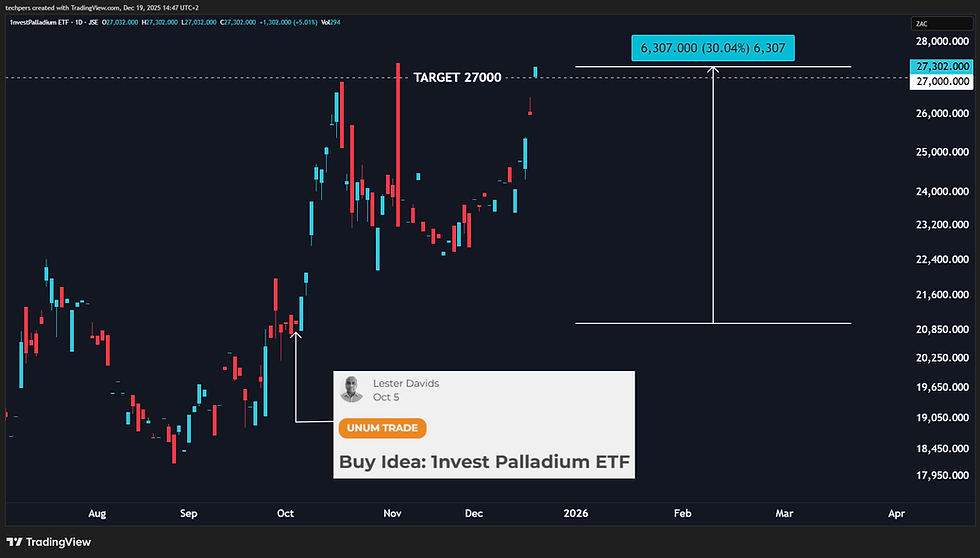Tencent: Breaking Down The Price Action
- Lester Davids

- Jun 12
- 2 min read
Research Notes For 09 to 13 June > https://www.unum.capital/post/r0913june
Trade Local & Global Financial Markets with Unum Capital.
To get started, email tradingdesk@unum.co.za


Overall Trading Considerations
Here's a breakdown of the current price action: The 7-day trend is indicated as "Neutral," while the 14-day trend is "Rangebound."
Comparison: Both the short-term (7-day) and slightly longer short-term (14-day) trends indicate a lack of clear directional momentum ("Neutral" and "Rangebound" respectively). This suggests that Tencent's price is currently consolidating rather than exhibiting a strong trend in either direction across these timeframes. The "Rangebound" 14-day trend reinforces the "Neutral" 7-day trend, indicating that the recent sideways movement is part of a broader period of consolidation.
Potential Trading Approach for Tencent:
Short Term (Approximately Next 1 to 10 Trading Days): The model notes, "Bullish Regime But Currently Lacks Directional Bias Needs Break of Range To Trigger New Trend."
Approach: While the overall regime is bullish, the short-term lacks a clear directional bias. The recommended approach is to wait for a clear break out of the current range to trigger a new trend. This suggests a patient strategy, waiting for confirmation of a new direction before entering trades.
Medium Term (Approximately Next 2 to 4 Weeks): The model indicates "Consolidating Within an Upward Trend. If The 8-EMA Has Been Breached, Use The 21-EMA As a Potential Buy Range."
Approach: The medium term suggests consolidation within an upward trend. If the 8-period Exponential Moving Average (EMA) has been breached, the 21-EMA is identified as a potential buy range. This implies a "buy the dip" strategy within a generally upward but consolidating medium-term trend.
Long Term (Approximately Next 5 to 8 Weeks): The model states, "Buyers In Control But Weakness On Lower Time Frame-Look For Pullback To 8 or 21-EMA (Buy Range) Before Next Move Higher."
Approach: The long-term perspective indicates that buyers are in control, but there might be weakness on lower timeframes. The recommended approach is to look for a pullback to the 8 or 21-EMA to enter a buying range before the next move higher. This suggests a "buy the dip" strategy within an overall bullish long-term trend, similar to the short-term approach but applied to a longer timeframe.
Overall Trading Considerations for Tencent:
Consistent consolidation: Both short and slightly longer short-term trends indicate consolidation, suggesting a lack of strong directional movement.
Short-term patience: Despite a bullish regime, the model advises waiting for a clear range breakout to trigger new trends.
Medium-term buy the dip: The medium term reinforces the "buy the dip" strategy within an upward but consolidating trend.
Long-term buy the dip: The long term shows buyers in control but suggests looking for pullbacks as buying opportunities, rather than chasing the price.
In summary, for Tencent, the current view is largely one of consolidation across short to medium terms, with a long-term bullish outlook where buyers are in control but pullbacks are opportunities. Short-term traders should be patient and wait for clear breakouts, while medium and long-term traders should consider "buy the dip" strategies around key EMA levels.
The model points to a general upward trend for the price of Tencent, but with periods of consolidation and opportunities for buying on pullbacks.




Comments